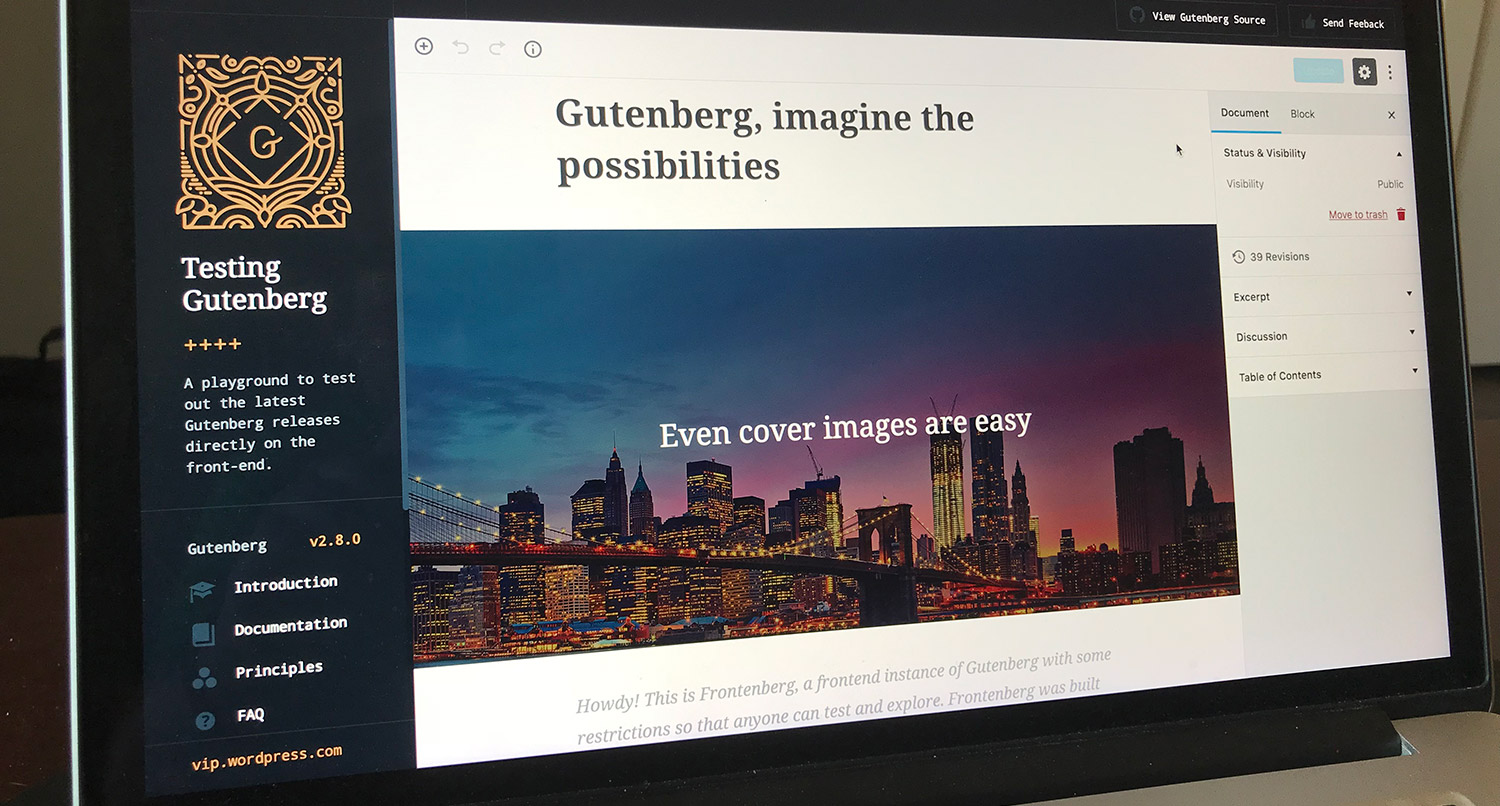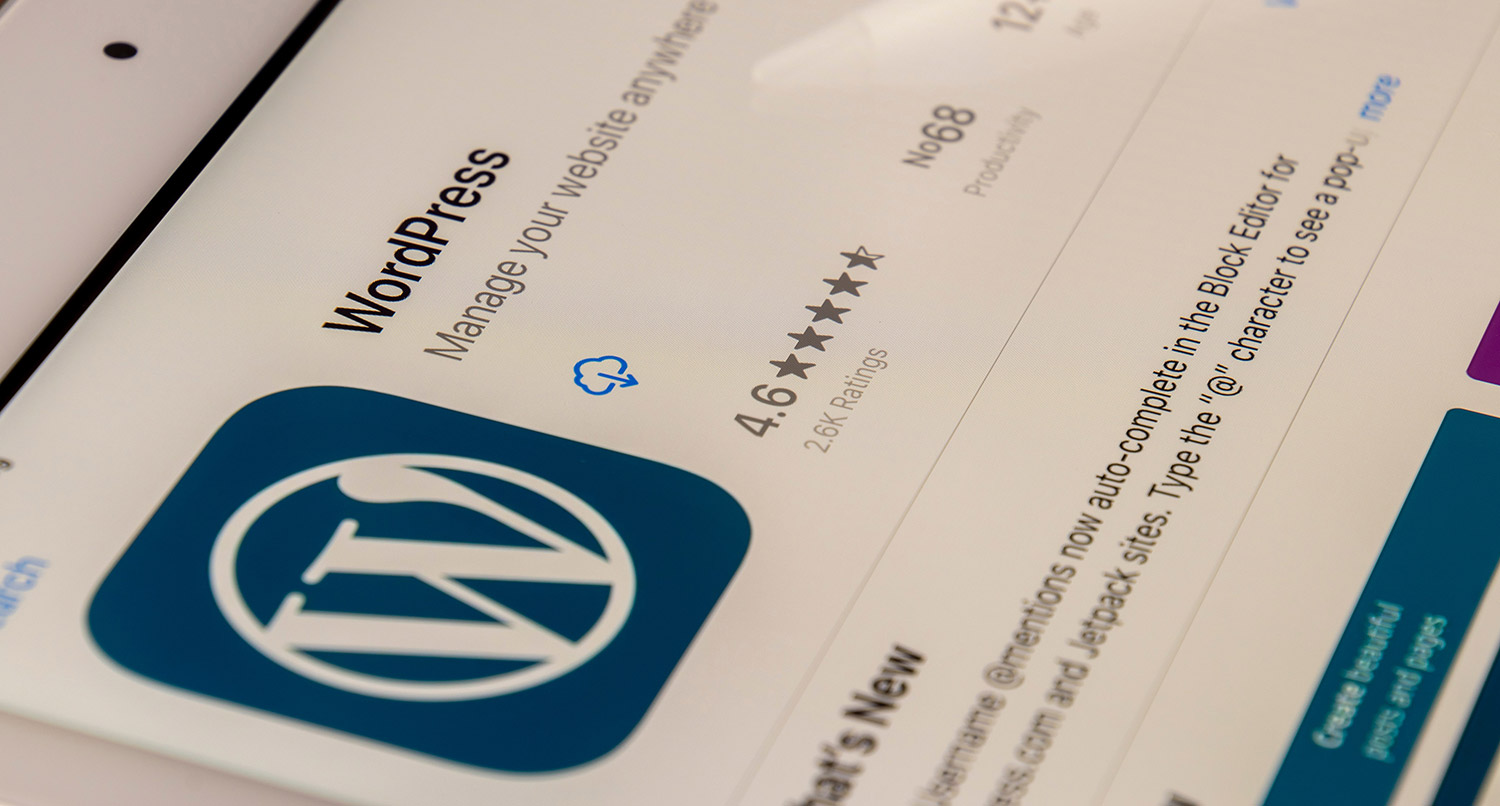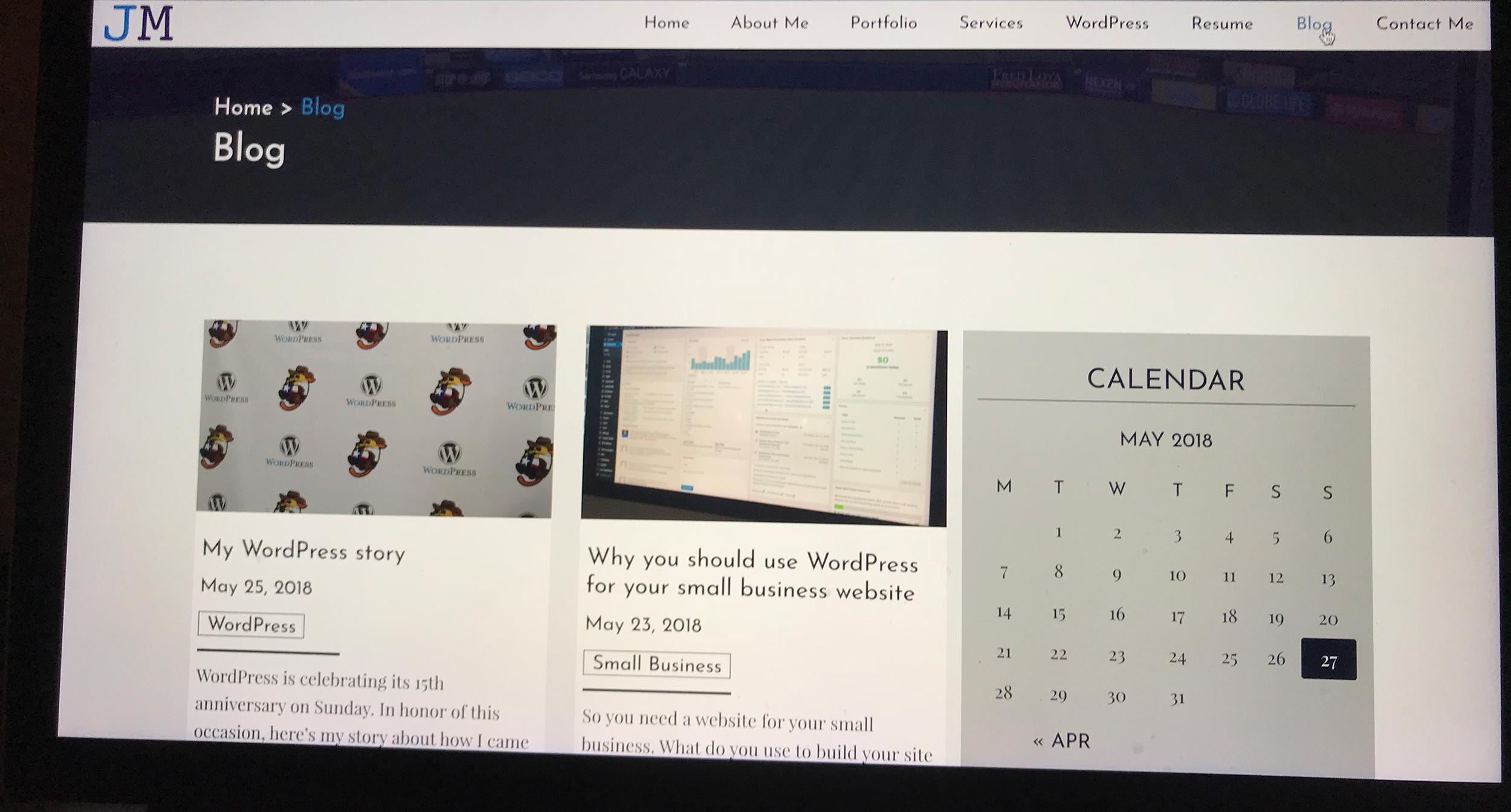So you’ve already heard me talk a lot about digital marketing in this book. But what exactly is digital marketing? And why am I talking about it so much already?
Well to put it simply, digital marketing is any advertising done for your business on digital channels, be it a social media platform, Google ads, content marketing, email marketing, even smartphone advertising or other forms of advertising on digital mediums.
Digital marketing is the present and the future. Think about it. How many times do you see ads while you’re browsing the web, click on it, learn more about the product and service and are at least tempted to buy it. Now do the same thought exercise with a traditional marketing medium, like a flyer in the mail or a billboard. You probably didn’t seek out more information because it was likely harder or you just forgot.
And the stats will back you up on that too. According to MDG Advertising, 70 percent of consumers learn about products through content (including online content on your website) versus traditional media. And according to Lyfe Marketing, about 50 percent of marketers believe that digital marketing has the advantage over traditional marketing.
Plus, there are a lot of upsides to that away from the numbers. For starters, you can directly target your target audience instead of blindly putting something out and hoping your target audience sees it. On Google and Facebook and other advertising networks, you can say that you only want to show your ads to people that fit inside of your demographic or have the same interest as your target audience.
Also, if you get really advanced, you can even change up your landing page to cater directly to the person who is viewing your website. This gets a little bit into the privacy conversation, but theoretically you could personalize the landing page for each visitor to the page all with a few lines of code.
And with the invention of chat and chatbots, you can talk directly to prospective customers and clients in real time to help them make that decision. Digital marketing just makes sense in today’s world.
Finally, it’s much easier to track your results with digital marketing. There are a host of tools that allow you to see things like impressions, clicks, shares, how many people are coming from one campaign and so on. That makes it easy to figure out what’s working, what’s not working and what you need to change to make your campaigns more efficient.
Now, this isn’t to say that you should just go ahead and completely abandon your traditional marketing strategies right now. And in fact, the best strategy is to use both traditional and digital marketing hand-in-hand to reach the most people.
But in this day and age, you need to learn digital marketing and come up with a strategy for it. Most of your potential customers and clients are online, and if you can find ways to target them and bring them, you can really start to grow your business.
Get Insights on How to do a Small Business Website Right!
Are you looking to get some help with your small business’ website, but aren’t quite in a spot to take that next step? No worries! I’ve got you covered with a small business newsletter. This weekly newsletter will talk about a different subject related to websites and small businesses each week, as well as highlight blog posts that can help you out. This will help you optimize your business’ site as much as you can while you get yourself into a position to take the next step for your website.
"*" indicates required fields
What makes for good digital marketing
So what makes for good digital marketing for your business?
Well to start off, you need to make sure that you’re targeting the right people in your marketing. You can target a specific group of people much easier in the digital realm than you ever could in the print medium. So you’ll need to sit down and figure out who your target audience is, which we’ll discuss here in a minute.
From here you can start to craft different strategies for social media, content and email marketing. And you might not need all three. For example, if you determine that your target audience doesn’t use a whole lot of social media, then maybe you don’t need to focus so much on that area. Or if they don’t use email, an email marketing strategy might be a wasted effort.
And second, you need to set true goals for your website and digital marketing efforts. Based on what you know about your target audience and selected strategies, what are you going to hope your marketing does. Do you want to increase sales by a percentage? Or increase the number of people coming to your website? There are no right or wrong answers here, just what works and what’s needed for your business.
From there, you can get a good idea whether your digital marketing is working or if you need to continue refining your strategies and goals to get to where you want to be. Make no mistake, good digital marketing is never done. It’s something you need to keep doing over and over.
Determining your audience
The first thing you need to do when it comes to digital marketing is to figure out who your audience is. Who is your ideal customer? Or who are your groups of ideal customers? If you were to target a group of people for an advertising campaign, what would that group have in common to make it effective?
With digital marketing, you have the ability to better market directly to people who are ideal customers for you. You don’t have to blindly send physical mail to a whole bunch of people and hope that some of them come into your store or become a client. You don’t have to pay for an expensive billboard that might yield okay results.
Instead you can target people by their interest. Even if we take away questionable Facebook advertising, you can really get . You can say that you only want to bid for ads on certain keywords. That means your ads show up
And on the content and social media marketing side of things, if you know who your target audience is and what they are interested in, you can create content and share that to meet them where they are looking. That can substantially increase your return on investment.
So you need to sit down and figure out your target audience so that you can develop your content, social media and advertising marketing strategies in the most effective manner.
You can use the worksheet at the back of this book for this. But figure out the age and gender of your ideal customer, if those are applicable. Get a ballpark estimate for their income range. Write down their interests, wants and needs. Figure out what their problems are, especially within the industry you serve. And you might even consider at what stage of life your ideal customer is at.
You might have to do research and ask your customers to take a survey to understand them better. But while you’ve got the time before you create a new (or first) website for your business, make sure you use it to determine your target audience. Your website, and by extension your business, will be better for it.
Setting digital marketing goals
Once you’ve figured out who your audience is, it’s time to set goals for your digital marketing efforts. After all, you can’t figure out if what you’re doing is working if you don’t have goals to shoot for.
If I were to ask you whether your current website, if you have one, is helping your business, could you give me a definitive answer (and I would ask you that during one of our first meetings if you worked with me as a client)? If you couldn’t, now is as good as any time to figure out what defines success for your website and if your website is helping your business.
So let’s take some time to set some basic digital marketing goals for your new website. Don’t worry, nothing you say or write down now is definitive. And your goals might change as you learn more through this book.
But let’s at least go through the process so that you know what to do.
SMART Goals
You’ve probably heard of SMART goals before, if not used it a lot in the past. If you’re new to this concept, SMART stands for Specific, Measurable, Achievable, Relevant and Time-bound.
Your goals need to be specific. It’s okay to have general ideas about where you want your business to go, but when you’re trying to create goals for your business or website or elsewhere in life, it’s time to get specific about them.
Next, you need to make sure that you can measure this goal. With websites we can track a whole bunch of data. It’s wonderful. So if you’re looking to increase sales or leads or something else, make sure that it can be measured and that you have a way to measure it.
Also, you need to be sure that you can achieve this goal. While it’s great to stretch yourself and your business, there’s a point where it can go too far. So make sure that you stay within reason for your goals. After all, the more you achieve these goals, the more momentum you can build to grow your business.
Next up, you need to make sure that this goal is relevant to your business. Don’t start to set random goals that aren’t going to help. Instead, make sure that every goal you set works towards making your business better.
Finally, you’ll need to set a time limit for this goal. If we let this run forever, we’ll never check in on it and see if it’s working or not. So set a time limit for your goals of at least three months. That gives you a chance to make the changes necessary to achieve the goal and gather enough data to figure out if you’ve achieved the goal.
So for a business, let’s say it’s a bookstore, a good goal for their website might be to increase sales (which we can track) by 100% in the next six months.
More resources for learning
Finally, I just want to go ahead and point out that this is not the definitive guide on Digital Marketing. The truth is that this is a very deep subject with a lot of moving parts. And it’s going to take a lot of learning in order to truly understand what it is and how to leverage it to work for your business.
Instead, this is to introduce you to the idea of Digital Marketing to help you understand the role a website plays in it. By the time you finish this chapter, I hope you truly realize that a website is not something that you set and forget, but is instead a great tool to help you reach new customers. And that goes for whether you have a basic website or use it to sell your products online.







